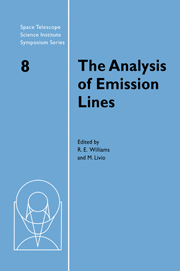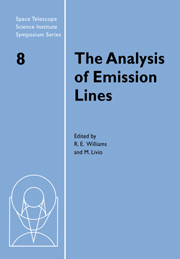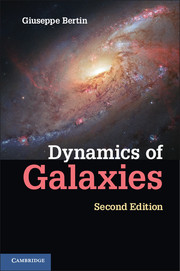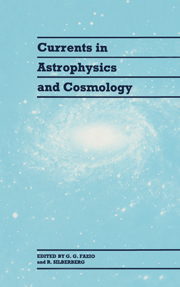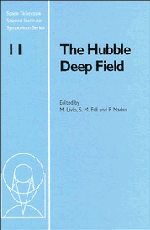The Extragalactic Distance Scale
One of the hottest debates in astronomy and cosmology today concerns the value of the Hubble constant. This constant is of paramount importance since it fixes the size and age of the Universe. At a symposium at the Space Telescope Science Institute, experts from around the world presented the latest results from a plethora of techniques for determining the Hubble constant. The value has always been controversial, but at this meeting experts' results agreed for the first time to within about 20%. Based on the meeting, this book presents twenty-three specially written review articles. They provide a comprehensive account of the Hubble-constant debate with the latest results from gravitational lensing, supernovae and novae, the Tully-Fisher relation, the Sunyaev-Zeldovich effect, globular clusters, planetary nebulae, light echoes, and the Hubble Space Telescope Key Project. This timely volume provides a standard reference for graduate students and researchers in astronomy and cosmology.
- Reviews the latest results from all the major research groups worldwide
- Hottest topic in astronomy today, and excellent line-up of contributors
Reviews & endorsements
'This well-produced book … contains an important mid-term summary report on the Hubble Space Telescope Project on the EDS from Freedman, Madore and Kennicutt, and is essential research library literature.' Irish Astronomical Journal
' … highly recommended.' Paul O'Brien The Observatory
'[covers] every aspect of this fascinating topic. The succession of 23 review articles expertly summarise the efforts of modern astronomy to measure the Hubble constant.' Astronomy Now
Product details
July 1997Hardback
9780521591645
337 pages
255 × 178 × 22 mm
0.854kg
15 b/w illus. 40 tables
Unavailable - out of print
Table of Contents
- Participants
- Preface
- Foreword
- Early history of the distance scale problem, S. van den Bergh
- Cosmology: From Hubble to HST, M. S. Turner
- Age constraints nucleocosmochronology, J. Truran
- The ages of globular clusters, P. Demarque
- The linearity of the Hubble flow M. Postman
- Gravitational lensing and the extragalactic distance scale, R. D. Blandford andT . Kundic
- Using the cosmic microwave background to constrain the Hubble constant A. Lasenby and T M. Jones
- Cepheids as distance indicators, N. R. Tanvir
- The I-band Tully–Fisher relation and the Hubble constant, R. Giovanell
- The calibration of type 1a supernovae as standard candles, A. Saha
- Focusing in on the Hubble constant, G. A. Tammann & M. Federspiel
- Interim report on the calibration of the Tully–Fisher relation in the HST Key Project to measure the Hubble constant, J. Mould et al.
- Hubble Space Telescope Key Project on the extragalactic distance scale, W. L. Freedman, B. F. Madore and T R. C. Kennicutt
- Novae as distance indicators, M. Livio
- Verifying the planetary nebula luminosity function method, G. H. Jacoby
- On the possible use of radio supernovae for distance determinations, K. W. Weiler et al.
- Post-AGB stars as standard candles, H. Bond
- Helium core flash at the tip of the red giant branch: a population II distance indicator, B. F. Madore, W. L. Freedman and T S. Sakai
- Globular clusters as distance indicators, B. C. Whitmore
- Detached eclipsing binaries as primary distance and age indicators, B. Paczynski
- Light echoes: geometric measurement of galaxy distances, W. B. Sparks
- The SBF survey of galaxy distances J. L. Tonry
- Extragalactic distance scales: The long and short of it, V. Trimble.


